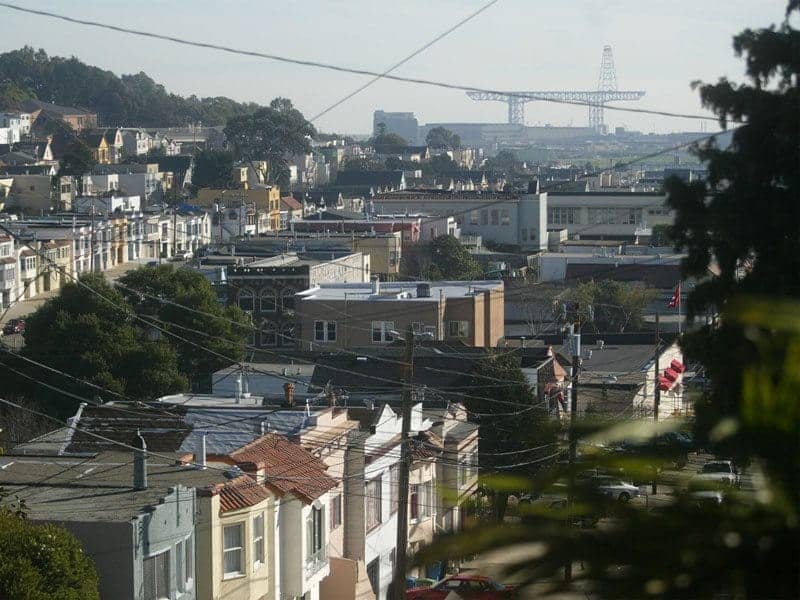
by Ahimsa Porter Sumchai MD, PD
New York Gov. Andrew Cuomo spoke at his daily briefing on April 23, 2020, and addressed, for the first time in the national dialogue, the perfect storm generated by the COVID-19 pandemic’s impact on dense low income, industrialized communities of color where cardiopulmonary diseases like asthma are exacerbated by exposure to the novel coronavirus along with air pollution and toxins from low paying service work in polluting industries.
On April 20, 2020, the San Francisco Department of Public Health released a map of confirmed cases of COVID-19 by zip code. That map corresponds to EPA mapping of city zip codes with the highest particulate matter emissions in tons per year.
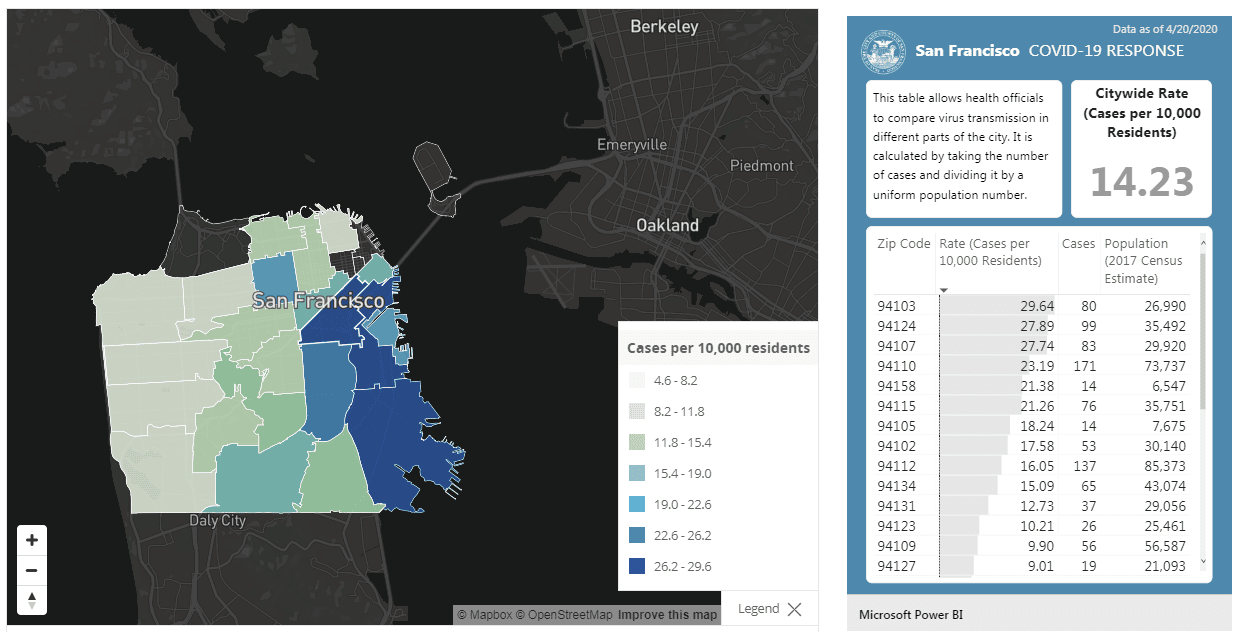
Of note, over 20 tons of particulate emissions are generated in the 94124 zip code each year by construction dust, polluting industries and mobile sources. The 94124 zip code ranks second highest in COVID-19 cases per 10,000 population.
An estimated 35,000 people live in the 94124 zip code. In interpreting the citywide COVID-19 case map, it is crucial to note that while the zip codes 94110 and 94112 report the highest number of cases, they represent wide geographic areas with populations double to triple that of 94124.
The most important information missing from the SFDPH COVID-19 case map are zip codes for the city’s 21 reported deaths.
Prepared statements issued by San Francisco Mayor London Breed include the grossly inaccurate misinformation: “I want to stress that when it comes to coronavirus, no zip code or neighborhood is inherently safer than another.”
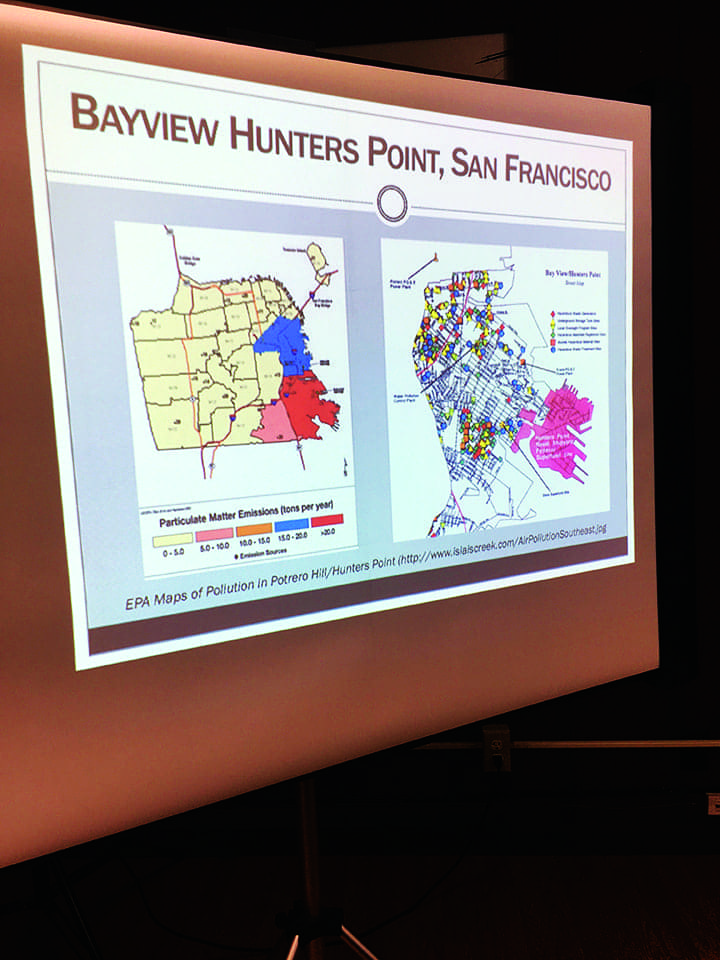
This is obviously not true! The San Francisco COVID-19 Response Map clearly identifies regions of the city’s westside with fewer than four cases reported. Indeed the 94132 zip code I reside in has NO reported cases and is not even included in the San Francisco mapping.
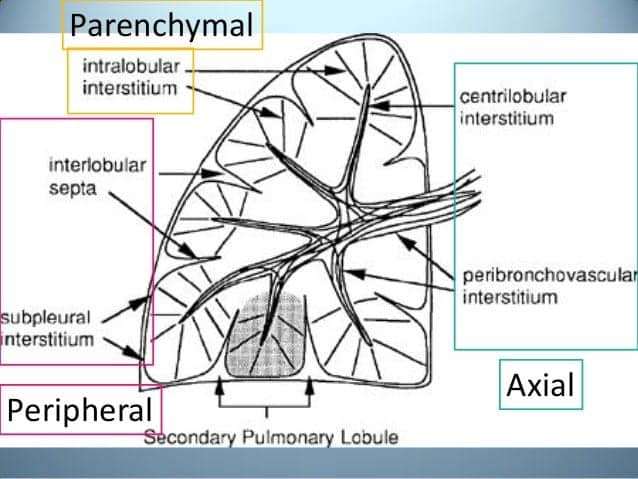
The most important information missing from the SFDPH COVID-19 case map are zip codes for the city’s 21 reported deaths. Demographic breakdown of COVID-19 deaths by race, gender and age show 11 were Asian and the majority were male and over 60 years in age. The zip code distribution for San Francisco’s COVID-19 deaths is not documented.
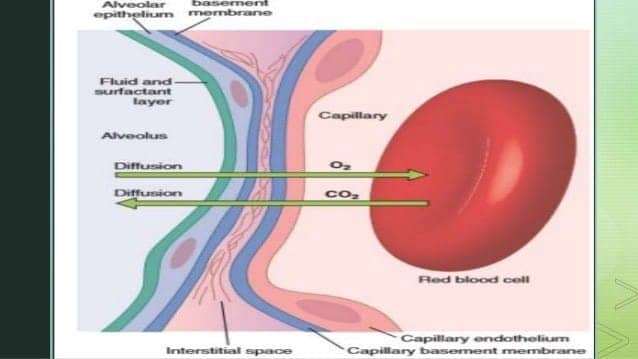
We know the 94124 zip code harbors inordinate incidences of cardiopulmonary diseases, diabetes and disabilities that increase the risk of contracting COVID-19. We know lung diseases caused by chronic exposure to airborne toxins look exactly like COVID -19 lung diseases and are called Interstitial Lung Disease (ILD).
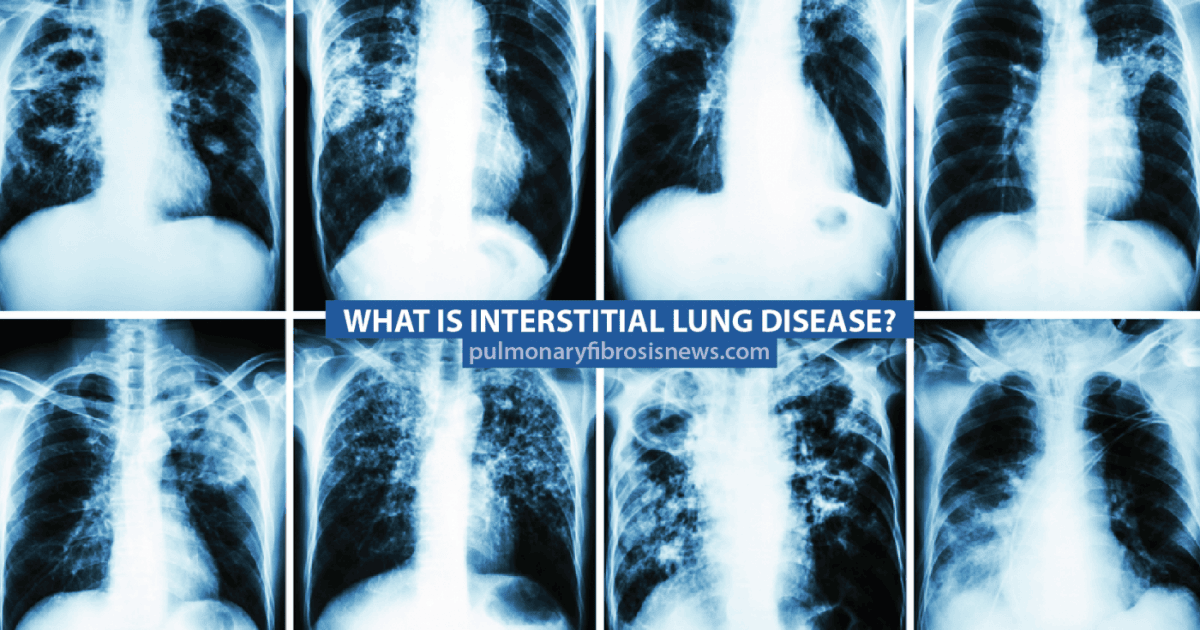
Interstitial lung disease occurs in both COVID-19 infection and in people chronically exposed to air pollution. Little focus has been given to the fact that the disproportionate incidence of COVID-19 cases and deaths occurring in densely populated low income communities of color – like San Francisco’s Bayview Hunters Point 94124 zip code – are contributed to by the co-morbid risk of damage to the same regions of the lung by both toxic air contaminants and the novel coronavirus.
The interstitium is a lace-like tissue spread throughout the lungs that supports the air sacs and allows the gas exchange between the blood stream and the lungs. Interstitial lung disease is caused by thickening and scarring of the interstitium that interferes with oxygen exchange.
Peter Boraschi, MD, concludes COVID-19 pulmonary involvement is really an interstitial pneumonia and discusses imaging features of coronavirus disease 2019 finding “all patients showed ground glass opacity” on x-ray imaging.
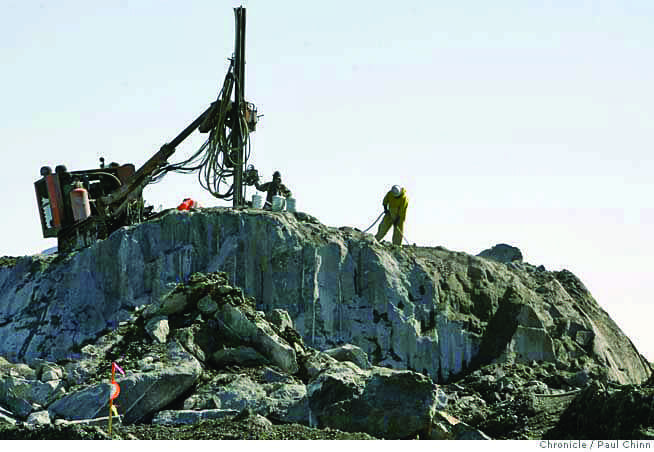
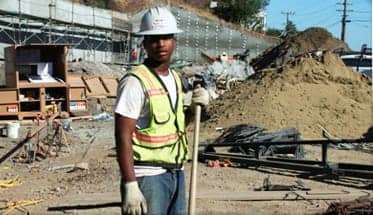
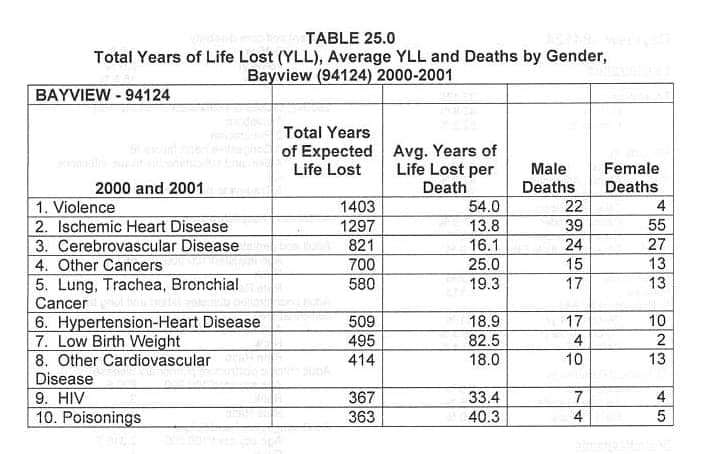
“In December 2019, a new type of coronavirus pneumonia (COVID-19) emerged in Wuhan and spread rapidly throughout China and to over 100 countries around the world. The lung injury and repair caused by COVID-19 has many similarities with the onset and progression of interstitial lung disease. See “Chinese researchers discuss challenges and management of COVID-19 in Interstitial Lung Disease.”
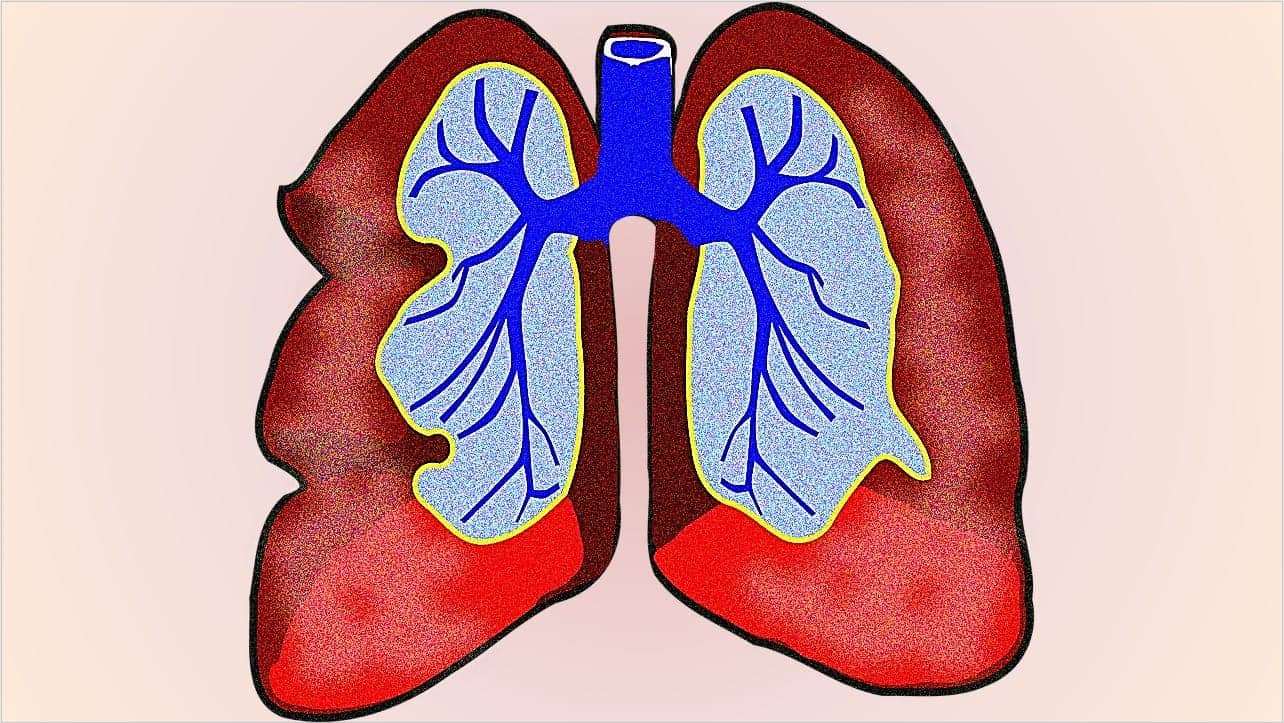
In a March 2019 letter to Mayor London Breed, San Francisco Department of Public Health Director of Population Health Tomas Aragon, MD DrPH, documented a 31 percent increase in lung cancer in men residing in the 94124 zip code he attributed to cigarette smoking. There has been no corresponding increase in smoking in the 94124 zip code to warrant that conclusion.
Indeed, the 2019 SFDPH Community Health Needs Assessment documents an 18 percent decline in tobacco retailers, a 10 percent decline in the number of packs of cigarettes sold in San Francisco and finds the 94124 zip code has an incidence of cigarette packs sold that is lower than many east and westside zip codes.
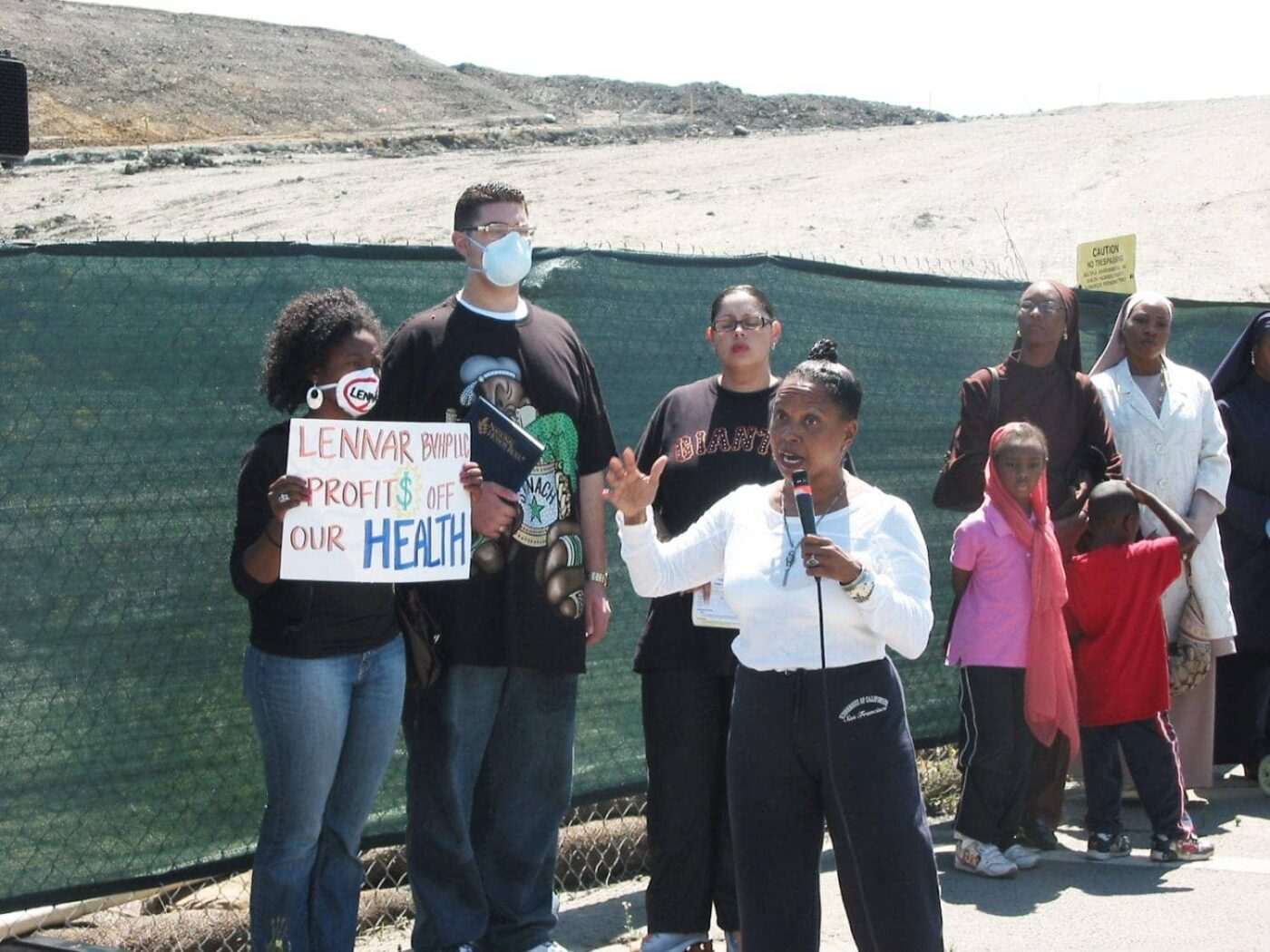
The Hunters Point Community Biomonitoring Program encourages all 35,492 residents of the high risk 94124 zip code to seek diagnostic and antibody testing for COVID-19 along with urinary screening for airborne toxins known to be present at the federal Superfund site and polluting industries. HP Biomonitoring is committed to offering expert clinical nutrition consultations and referrals for standard of care evaluation of symptoms due to interstitial and fibrotic lung disease caused by exposure to toxic, allergic and infectious agents.
SF Bay View Health and Environmental Science Editor Ahimsa Porter Sumchai MD, medical director of the Hunters Point Community Biomonitoring Program, founding chair of the Hunters Point Naval Shipyard Restoration Advisory Board’s Radiological Subcommittee and contributor to the 2005 Draft Historical Radiological Assessment, can be reached at asumchai@gmail.com. Dr. Sumchai is also president and medical director of Golden State MD Health & Wellness, an author and a UCSF and Stanford trained researcher.
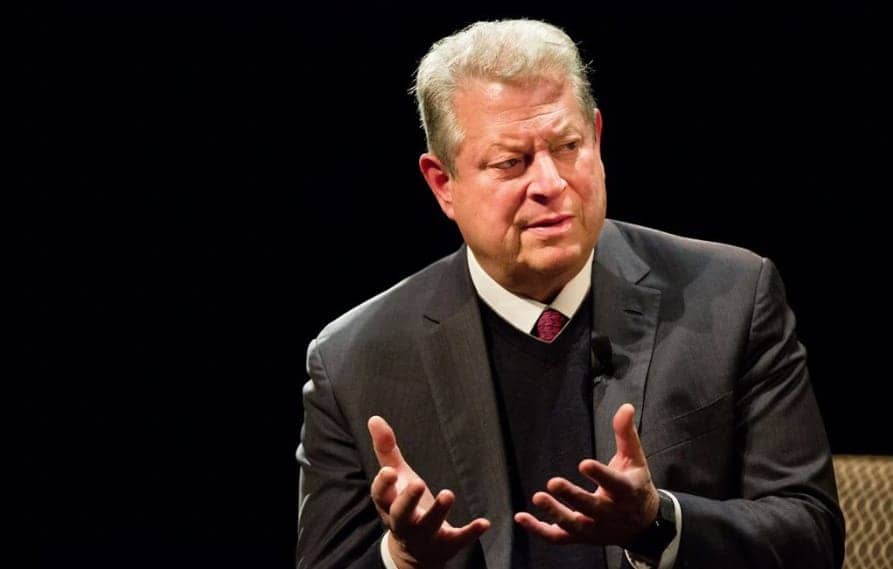
Al Gore says climate crisis and coronavirus ‘linked’: Pollution makes preconditions worse
by Rebecca Klar, The Hill
Former Vice President Al Gore said Monday that the climate crisis and issues surrounding environmental injustice are linked with the coronavirus pandemic.
“This climate crisis and the COVID-19 pandemic are linked in some ways,” Gore said on MSNBC. “The preconditions that raise the death rate from COVID-19, a great many of them, are accentuated, made worse by the fossil fuel pollution.”
Emerging statistics have illustrated that the coronavirus pandemic has had a disproportionate impact on communities of color.
Gore said the crisis has “exposed some longstanding weaknesses” in the country.
For example, Gore noted the death rate, before the pandemic, among Black children from asthma was much worse than for white children with asthma.
According to the Department of Health and Human Services, in 2015 African American children with asthma had a death rate 10 times that of non-Hispanic white children, and Black children are four times more likely to be admitted to the hospital for asthma as compared to non-Hispanic white children.
Gore said environmental injustice is just one factor, in addition to inadequate access to health care and unequal economics, that leads to the disproportionate impact of COVID-19 and other health issues.
Communities of color have had “a legacy of being deprived of the same political and economic power to defend themselves” and they’re more likely to be in polluted areas, such as “downwind from the smokestacks” or “downstream from the hazardous waste flows,” Gore said.
“This is now being manifested in these horrendous death rates,” he said.
Gore also criticized President Trump‘s handling of the crisis.
“He ignored the science, as he has done with the climate crisis as well,” Gore said. “He has engaged in a kind of magical thinking. He’s pushed dangerous and potentially deadly snake oil-type remedies.”
Gore urged Americans to push aside partisanship when thinking about the November elections.
“I hope that a lot of people will put the country first and try, even in this time of extreme partisanship, to try and set that aside and look at what is at stake here,” Gore said. “I mean seriously, we are really in trouble with the kind of performance in the Oval Office we’ve had. We’ve got to change that. … I know that sounds partisan, but it’s more than that; it’s way more than that.”
Rebecca Klar is a reporter on the breaking news team at The Hill, based in Washington, D.C., where this story first appeared. She can be reached at https://www.rebeccaklar.com/contact-me/ or on Twitter, @rebeccaklar.





